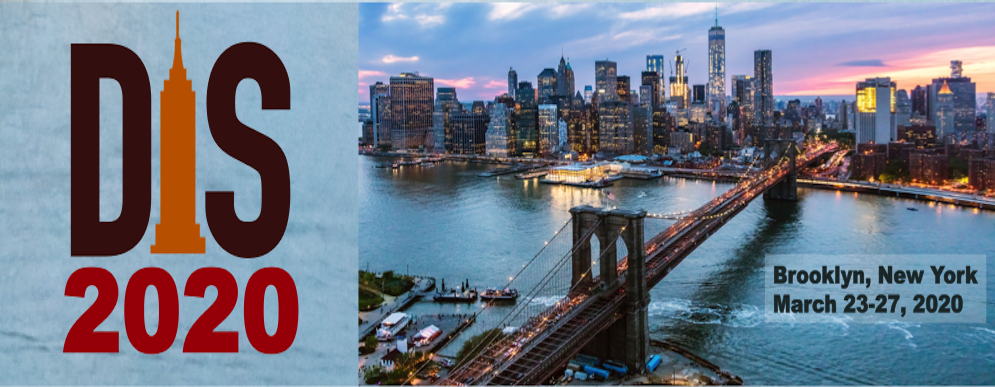Speaker
Description
We outline a strategy to compute deeply inelastic scattering structure functions using a hybrid quantum computer [1]. Our approach takes advantage of the representation of the fermion determinant in the QCD path integral as a quantum mechanical path integral over 0+1-dimensional fermionic and bosonic worldlines [2]. The proper time evolution of these worldlines can be determined on a quantum computer. While extremely challenging in general, the problem simplifies in the Regge limit of QCD, where the interaction of the worldlines with gauge fields is strongly localized in proper time and the corresponding quantum circuits can be written down. As a first application, we employ the Color Glass Condensate effective theory to construct the quantum algorithm for a simple dipole model of the $F_2$ structure function. We outline further how this computation scales up in complexity and extends in scope to other real-time correlation functions.
[1] N. Mueller, A. Tarasov, R. Venugopalan, arXiv:1908.07051
[2] A. Tarasov, R. Venugopalan, Phys Rev D100 (2019), 054007

